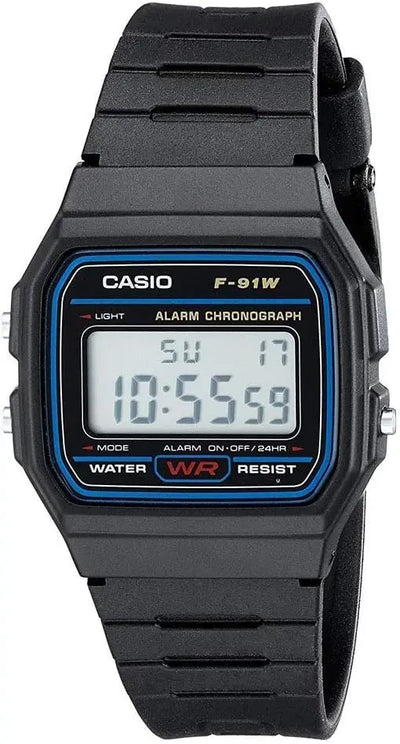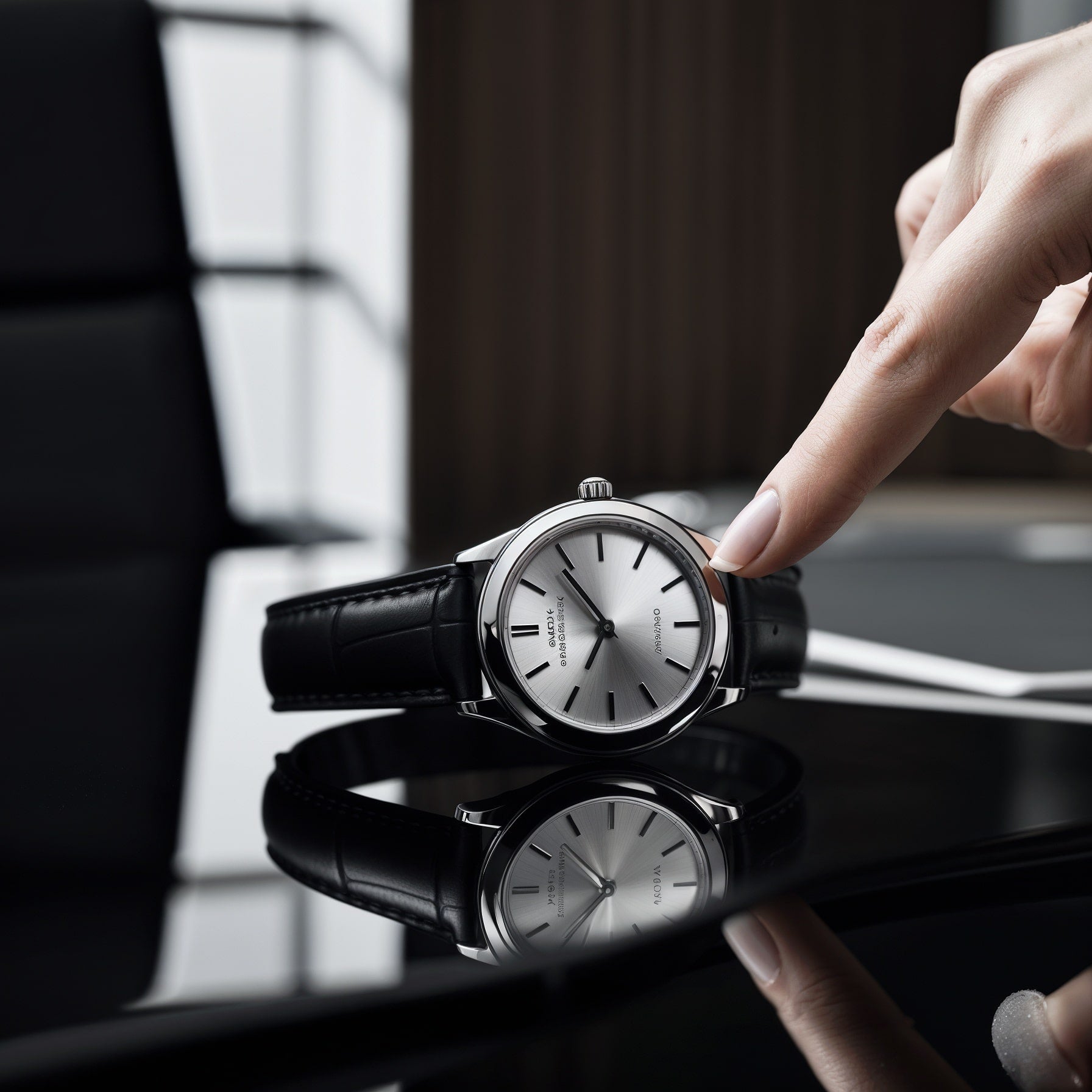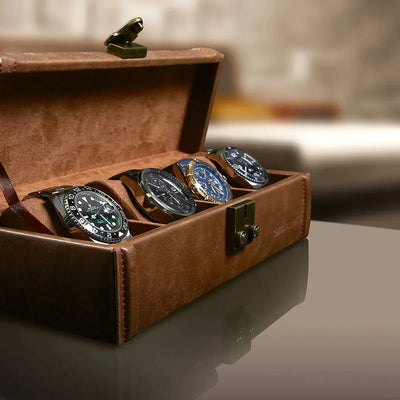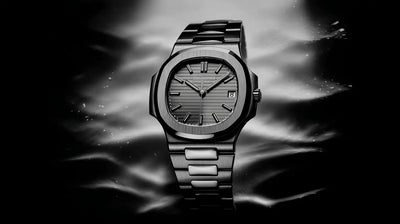
What is the best-selling watch in the world?
Which watch is the best-selling in the world among all the brands and models available on the market? We will explore...



Have you ever noticed that little button on the side of your watch? This part, called the crown, is one of the most important parts of your watch. It plays a major role in how your watch works. But what exactly does a watch crown do?
The crown is that small button usually located at 3 o'clock on the watch case. It gets its name from its shape, reminiscent of a monarch's crown. This part is the main interface between the user and the watch's internal mechanism.

For mechanical watches , the crown is used to wind the mainspring. This process, called winding, is essential to provide the energy needed to keep the watch running.
The crown is used to adjust the time and, on some models, the date. Here's how it typically works:
For more details on adjusting your watch, check out our complete guide to winding watches .
On some more complex watches, the crown can be used to activate or adjust additional functions:
The crown is a critical point for the water resistance of a watch. This is why many models, especially diving watches, are equipped with screw-down crowns. These offer better protection against water and dust.
To learn more about watch water resistance, check out our article on waterproof watches .
To ensure the proper functioning of your watch, it is essential to take care of the crown:
Crowns may vary in size, shape and position depending on the watch model:
The crown as we know it today was invented by Adrien Philippe, co-founder of Patek Philippe, in 1844. Before that, watches were wound using a separate key, which was less convenient and riskier for water resistance.
The watch crown, although small, plays a crucial role in the operation and use of your watch. It is the direct link between you and the mechanical heart of your timepiece. Understanding how it works will not only allow you to better use your watch, but also to further appreciate the watchmaking expertise that lies behind each timepiece.
To protect your precious watch and its crown when you are not wearing it, discover our selection of elegant and functional watch boxes .
Q: My watch crown is hard to turn. What should I do? A: Do not force it. This could indicate an internal problem. Consult a professional watchmaker for diagnosis.
Q: Can I use the crown of my watch underwater? A: It is strongly recommended not to use the crown underwater, even for water-resistant watches. This could compromise the water resistance of your watch.
Q: How often should I wind my mechanical watch? A: For a hand-wound watch, ideally once a day, at approximately the same time. Automatic watches are wound with the movement of the wrist, but may require manual winding if not worn regularly.
For owners of automatic watches, an automatic watch winder can be a great investment to keep your watch moving and protect the crown from premature wear.
Q: My watch crown has come off. Is this serious? A: Yes, this is a serious problem. The crown is essential for the water resistance and operation of your watch. Consult a watchmaker immediately to have it repaired.
Q: Are there watches without a crown? A: Yes, some modern watches, especially smartwatches, do not have a visible crown. However, the vast majority of traditional analog watches do.

Which watch is the best-selling in the world among all the brands and models available on the market? We will explore...

The world of watch boxes offers a multitude of options to meet various needs and preferences. From a simple storage box to...

It leaves no trace. No scratches, no dents. Nothing visible. And yet, magnetism is one of the quietest enemies of your automatic watch. ...
Leave a comment
This site is protected by hCaptcha and the hCaptcha Privacy Policy and Terms of Service apply.